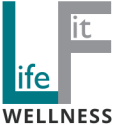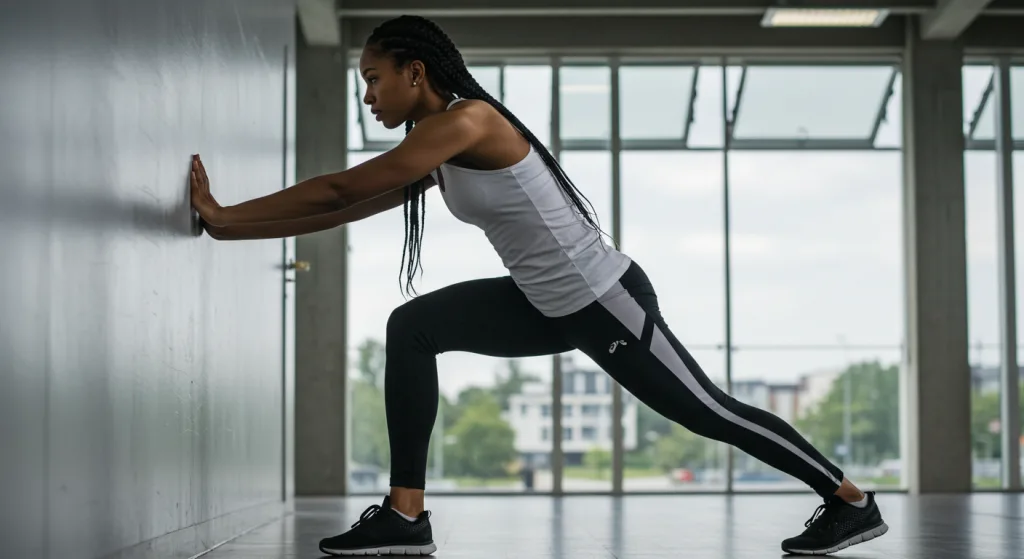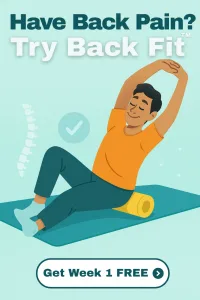Do your calves feel like they’re permanently tensed up? Tight calf muscles are a common complaint, especially amongst runners and active individuals. These sensations can range from mild discomfort to painful cramping that affects your daily activities.
Recent research suggests our approach to tight calves might need updating. While stretching has long been the go-to solution, studies show strength training might actually be more helpful for long-term relief. This article will guide you through understanding tight calves and finding the most effective ways to manage them.
Your calf muscles work incredibly hard during activities like running, producing over 50% of your propulsion force! When these muscles become tight or painful, both performance and comfort suffer. Let’s examine why this happens and how to address it properly.
Why do calf muscles become tight?
Calf tightness isn’t just an annoying sensation—it often signals underlying issues with your muscles or movement patterns. Understanding the root causes can help you find the right solution.
The calf consists of two main muscles: the gastrocnemius (the bulkier surface muscle) and the soleus (the deeper muscle beneath it). The gastrocnemius crosses both your knee and ankle joints, making it prone to tightness when either joint isn’t working properly.
Muscle weakness is often behind persistent calf tightness. What many people interpret as “tightness” is actually a symptom of underlying weakness. When muscles lack the strength to handle the demands placed on them, they respond by becoming tight as a protective mechanism.
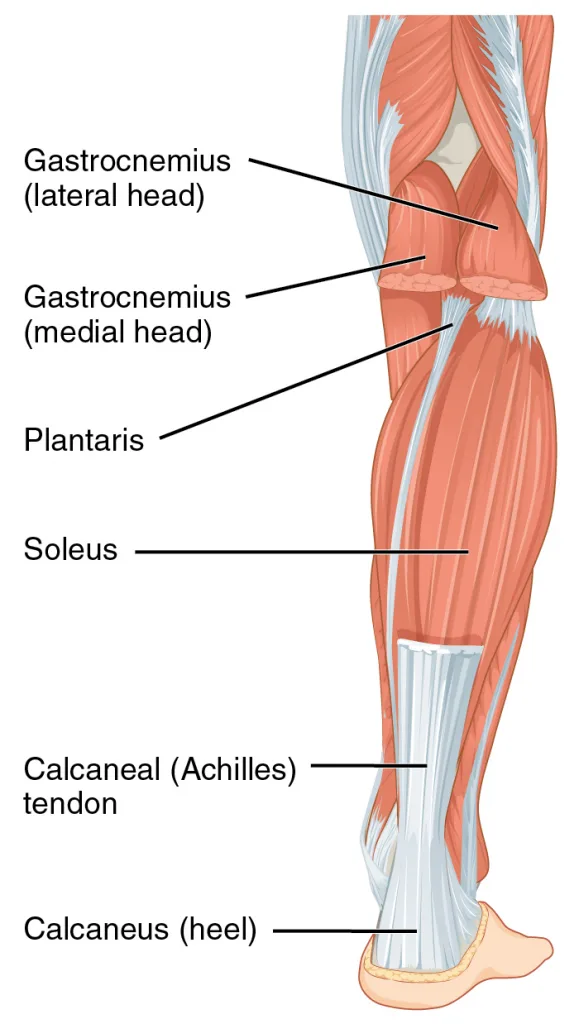
Overpronation (excessive inward rolling of the foot), supination (outward rolling), or running with a forefoot strike pattern can all increase stress on calf muscles. This additional stress often results in that tight, restricted feeling after runs.
Poor footwear choices contribute significantly to calf problems. Shoes with insufficient support or dramatic heel-to-toe drops can alter how your calf muscles function during activity. Suddenly switching to minimalist shoes or zero-drop footwear without a gradual transition period is particularly problematic for calf health.
What causes tight calves after running?
That post-run calf tightness is frustratingly common among runners of all levels. Several factors contribute to this specific type of discomfort.
Sudden increases in training volume or intensity are among the primary culprits. Your calf muscles respond to the increased demands by tightening up, especially if you’ve jumped too quickly into higher mileage or more intense speedwork. This is why training plans emphasise gradual progression—your muscles need time to adapt to new stresses.
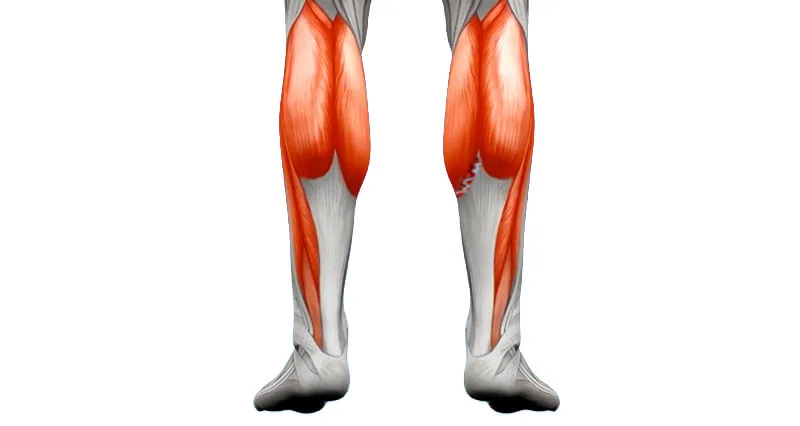
Running form changes dramatically as fatigue sets in. Many runners shift to a more forefoot-striking pattern when tired, which puts additional load on the calf complex. This form deterioration can lead to that familiar tightness, particularly in the later miles of longer runs.
Hill training creates unique stress on your calves. Running uphill forces your calves to work harder as you push off, while downhill running creates eccentric loading (where muscles lengthen under tension). Both scenarios can lead to microscopic muscle damage that manifests as tightness.
Dehydration and electrolyte imbalances contribute significantly to muscle tightness and cramping. Research has shown that even mild dehydration can affect muscle function and recovery, making your calves more prone to tightening up during and after runs.
How to relieve tight calf muscles
When it comes to managing tight calves, evidence suggests we may need to rethink traditional approaches.
Strengthening exercises appear more effective than stretching for long-term relief. A prospective study examined “Heavy-load eccentric calf muscle training for the treatment of chronic Achilles tendinosis” in 15 recreational athletes. After a 12-week eccentric training program, all participants returned to their pre-injury activity levels with full running capability. Try heel drops (lowering your heel below a step level) and calf raises to build strength progressively.
When stretching, focus on targeting both calf muscles separately. For the gastrocnemius, keep your knee straight while stretching. For the soleus, bend your knee slightly while leaning forward. Research shows each stretch should be held for 30 seconds and repeated 2-3 times for optimal results.
Self-massage techniques can provide immediate relief for tight calves. Foam rolling has become popular, though research on its effectiveness shows mixed results. Roll slowly over tender areas, pausing on particularly tight spots for 20-30 seconds. A massage ball can target specific trigger points more precisely than a foam roller.
Recovery techniques like contrast bathing (alternating between hot and cold water) may help reduce muscle tightness. While scientific evidence remains somewhat limited, many athletes report benefits from this approach. Try 1-2 minutes of cold water followed by 3-4 minutes of warm water, repeating the cycle 3-4 times and finishing with cold.
When to see a professional about tight calves
Whilst occasional calf tightness is normal, certain symptoms warrant professional attention.
Seek medical advice if you experience sudden, severe pain accompanied by swelling, as this could indicate a muscle tear or strain. A proper assessment can determine the severity and appropriate treatment plan. Persistent pain that doesn’t improve with rest and self-care measures might signal a more serious condition requiring professional intervention.
Watch for signs of compartment syndrome, including pain that worsens during activity, numbness, or weakness in the lower leg. This condition involves increased pressure within muscle compartments and requires prompt medical attention to prevent long-term damage.
Physiotherapists can offer specialised treatments for persistent calf issues. These might include dry needling, specific manual therapy techniques, or customised exercise programmes targeting your unique movement patterns and muscle imbalances.
A professional gait analysis can identify biomechanical factors contributing to your calf problems. Many running specialty clinics and physiotherapy practices offer this service, which examines how you move during running or walking to pinpoint potential issues.
FAQ: Common Questions About Tight Calf Muscles
Can tight calves cause other injuries?
Yes, tight calf muscles can lead to various other problems including Achilles tendinopathy, plantar fasciitis, and shin splints. The calf muscles connect to the foot and ankle through the Achilles tendon, so tightness can alter mechanics throughout the lower leg.
How long does it take to loosen tight calf muscles?
Minor tightness might resolve within a few days with proper stretching and rest. Chronic tightness typically takes 2-6 weeks of consistent strengthening, stretching, and proper recovery techniques to show significant improvement.
Is it OK to run with tight calves?
Mild tightness without pain may be OK for light running, but running through significant discomfort can lead to compensatory movement patterns and potential injury. Listen to your body and reduce intensity if tightness persists or worsens during activity.
Can flat feet cause tight calves?
Yes, flat feet (overpronation) can contribute to calf tightness. The altered foot mechanics place different stresses on the calf muscles, potentially leading to adaptive tightness over time. Proper footwear and possibly orthotics can help address this issue.
